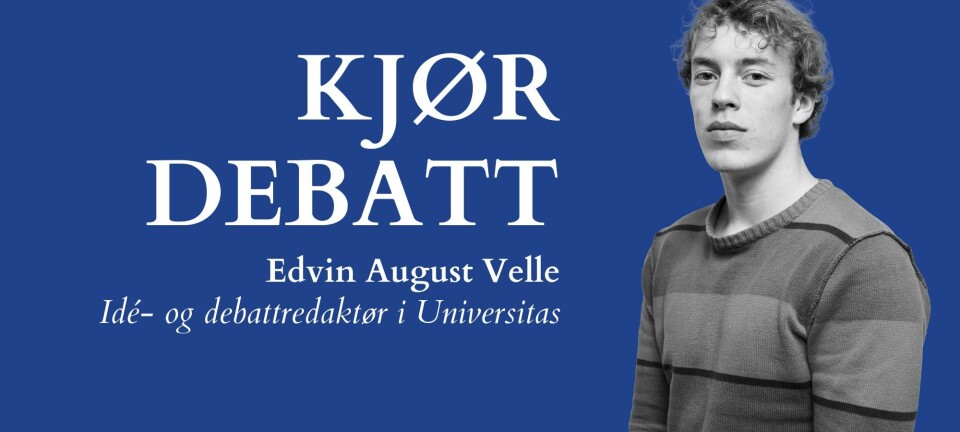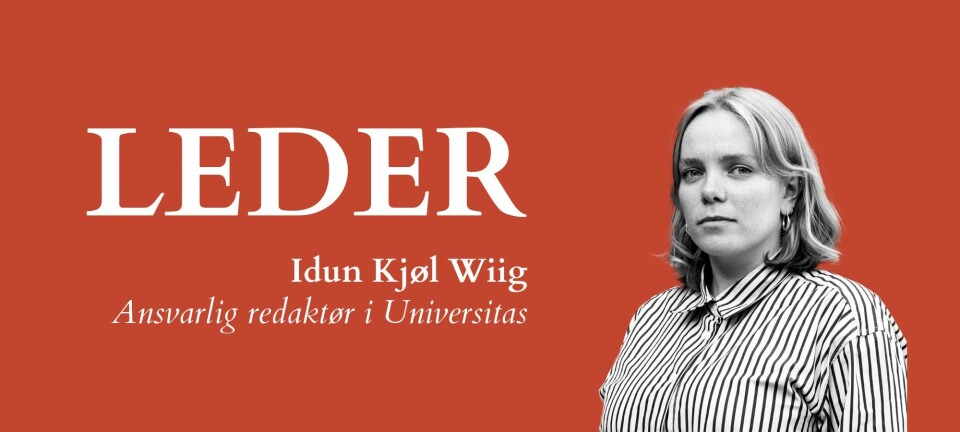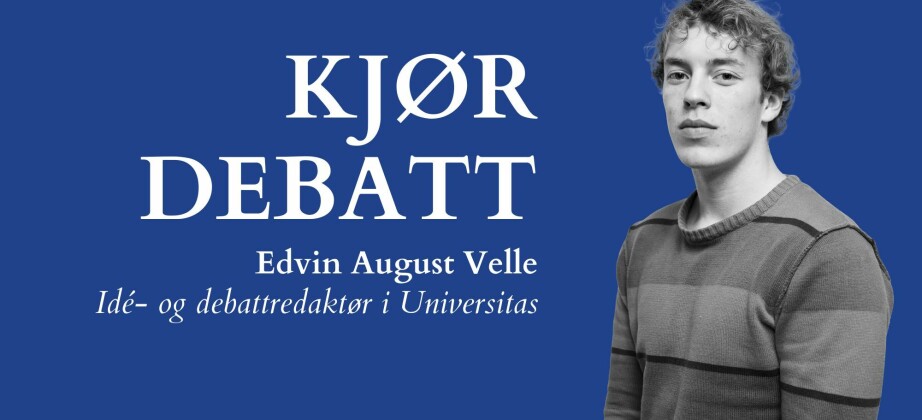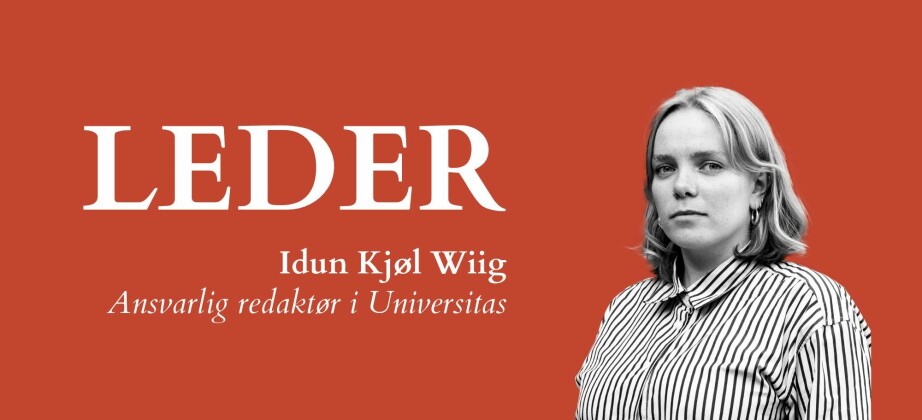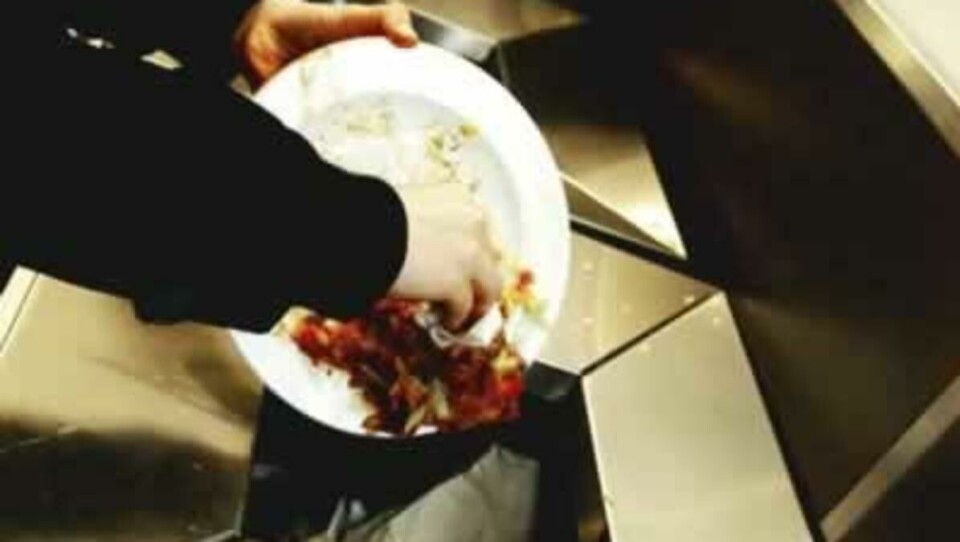
Green canteens
SiO invests in environmental cafeterias.
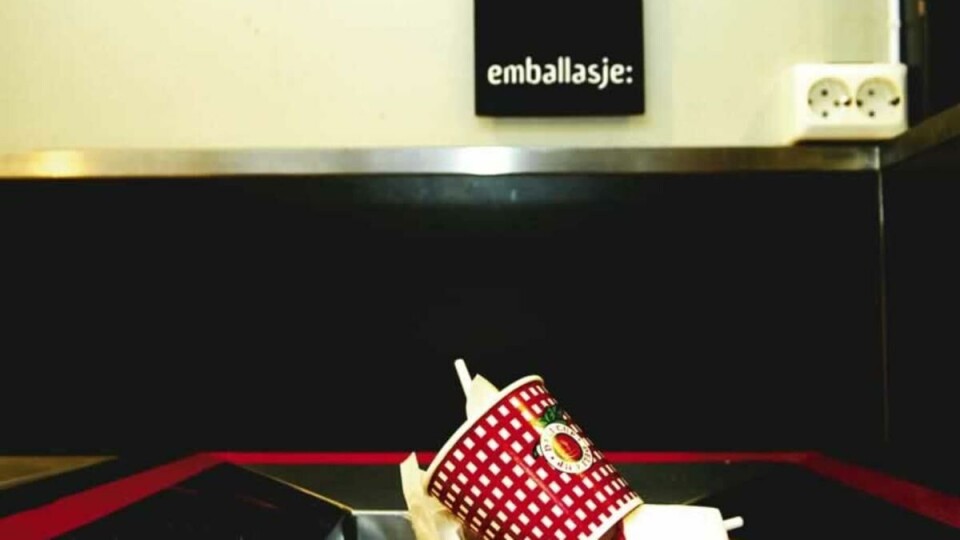
The environmental measures undertaken by The Foundation for Student Life in Oslo (SiO) will primarily apply to the cafeterias at the Frederikke building, the Faculty of Social Sciences, the Helga Eng building and the Student Cafeterias administration building. However, these will apply to all cafeterias eventually. Student Cafeterias runs a total of 39 cafeterias and records an annual turnover of almost NOK 90 million.
– Students take a genuine interest in environmental protection. We wish to take this seriously, general manager of Student Cafeterias Knut Marius Karlsen and the recently elected environment officer Audun Zeiner say.
Student Cafeterias took the initiative to contact a foundation called the Eco-Lighthouse Program in order to get an idea of what it takes to achieve environmental certification. Through this program, certificates are awarded to small and medium-sized enterprises that pass environmental assessment and meet industrial requirements.
Student Cafeterias aspires to satisfy the following main objectives: reduced waste, improved waste management and energy saving.
No garbage sorting
– So far, the various bins in Frederikke have only had an effect on some students. At the end of the day, everything is chucked in the same bin, anyway, because people have not been thorough enough, Karlsen says.
They now want to start a proper sorting practice with two bins; one for food leftovers, and one for the rest.
– On the other hand, sorting has been common practice for many years in the kitchen at Frederikke, and we pay a pig farmer to pick this up. We have gotten the go-ahead for more organic waste to be accepted if we can guarantee that there is not so much as a plastic fork included.
Consequently, students have to be careful not to get the bins mixed up, Karlsen underlines.
Student Cafeterias would also like to reduce total waste. In this respect, the largest issue has to be to reduce the circulation of non-returnable items.
– It is important that students support this as well. We encourage everyone to choose glass or porcelain dinner sets if you are not in a hurry, Karlsen promotes.
– Important
– These measures make a difference. They will not move mountains, but everything helps. It is important that students support this, Ragnhild Andersen, board member of the Blindern branch of the organisation The Future in our hands, says.
Andersen believes that many students are interested in the environment. But sometimes they have to be reminded. A little help from the cafeterias comes in handy in order to create awareness.
Cafeterias are also praised by advisor Ketil Fløgstad from Totalmiljø who has been responsible for the environmental assessment of the cafeterias and Central Administration.
– They are committed and showed great awareness of the environment from the start. This separates them positively from other members of the restaurant business that I have worked with earlier, Fløgstad commends.
– But for this to work in real life, students have to contribute as well.
Student Cafeterias has already implemented measures and hopes to get everything in place for environmental certification during December. Come 2006, ecological food might be available in the cafeterias.




